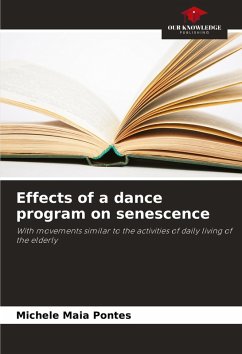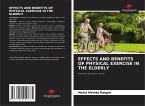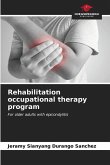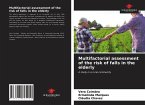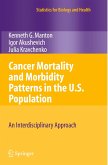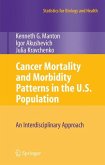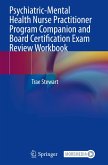Population aging is a worldwide phenomenon, and this growth requires attention because senescence causes a decline in physical functions, which can lead to dependence. Physical activity appears to be an instrument for minimizing or even remedying functional incapacities, such as dance. The aim of this study was to analyze the effects of a dance program with movements similar to activities of daily living on the functional response of the elderly. Fifty-nine elderly people took part in the study, with an average age of 68±4 years. The results showed significant positive changes in lower limb strength (25% increase) and upper limb strength (24%), aerobic endurance (21%) and balance (15%). With regard to flexibility, there was no statistically significant difference (p 0.05), but it was maintained. We conclude that the functional dance program promoted maintenance and significant gains in the motor functions of the elderly.
Bitte wählen Sie Ihr Anliegen aus.
Rechnungen
Retourenschein anfordern
Bestellstatus
Storno

